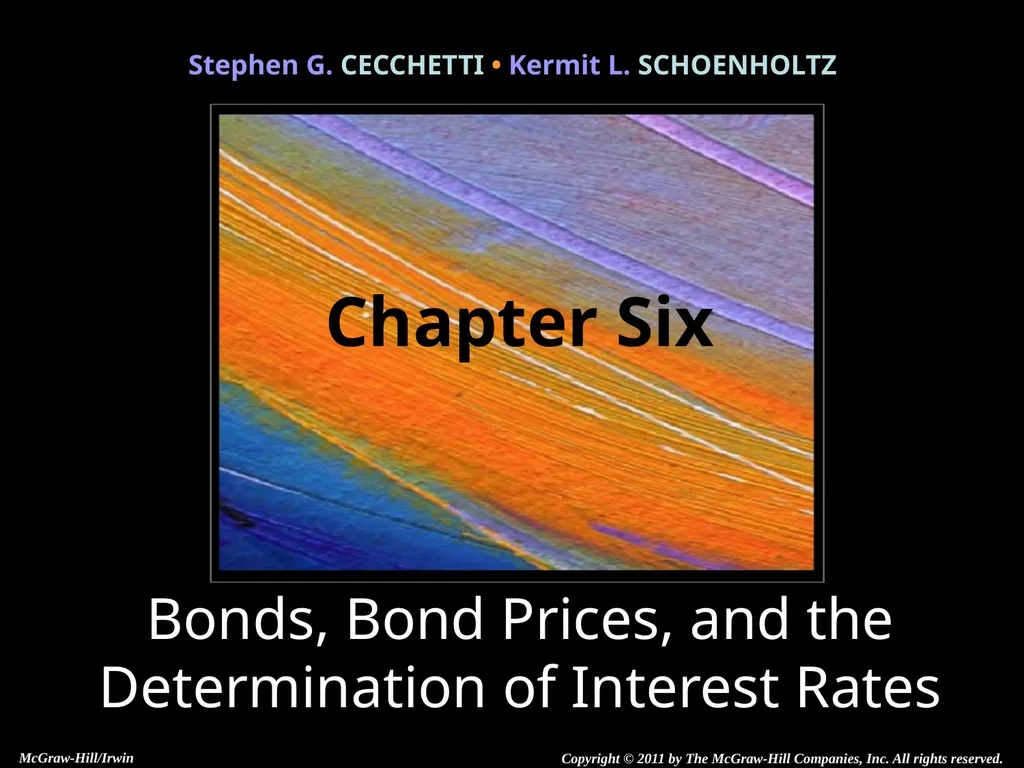Chapter Six 6-2 Introduction Car loans, home
Author : debby-jeon | Published Date : 2025-05-16
Description: Chapter Six 62 Introduction Car loans home mortgages and even credit card balances all create a loan from a financial intermediary just like government and corporate bonds Virtually any financial arrangement involving the current
Presentation Embed Code
Download Presentation
Download
Presentation The PPT/PDF document
"Chapter Six 6-2 Introduction Car loans, home" is the property of its rightful owner.
Permission is granted to download and print the materials on this website for personal, non-commercial use only,
and to display it on your personal computer provided you do not modify the materials and that you retain all
copyright notices contained in the materials. By downloading content from our website, you accept the terms of
this agreement.
Transcript:Chapter Six 6-2 Introduction Car loans, home:
Chapter Six 6-2 Introduction Car loans, home mortgages, and even credit card balances all create a loan from a financial intermediary - just like government and corporate bonds. Virtually any financial arrangement involving the current transfer of resources from a lender to a borrower, with a transfer back in the future, is a form of a bond. This free flow of resources through bond markets is essential to a well functioning economy. 6-3 Introduction Alexander Hamilton, the first Secretary of the US Treasury, brought bonds to the U.S. One of his first acts was to consolidate all debt from the Revolutionary War resulting in the first U.S. government bonds. Many features of original bonds are the same, even with a more complex bond market. 6-4 Goals of the Chapter To understand the financial system, particularly the bond market, we must: Understand the relationship between bond prices and interest rates, Understand that supply and demand in the bond market determine bond prices, and Understand why bonds are risky. 6-5 Bond Prices A standard bond specifies the fixed amounts to be paid and the exact dates of the payments. How much should you be willing to pay for a bond? That depends on the bond characteristics. We will examine four basic types. 6-6 Bond Prices 1. Zero-coupon or discount bond Promise a single payment on a future date Example: Treasury bill 2. Fixed-payment loan Sequence of fixed payments Example: Mortgage or car loan 3. Coupon bond periodic interest payments + principal repayment at maturity Example: U.S. Treasury Bonds and most corporate bonds 4. Consol periodic interest payments forever, principal never repaid Example: U.K. government has some outstanding 6-7 Zero-Coupon Bonds U.S. Treasury bills (T-bills) are the most straightforward type of bond. Each T-bill represents a promise by the U.S. government to pay $100 on a fixed future date. No coupon payments - zero-coupon bonds Also called pure discount bonds (or discount bonds) since the price is less than face value - they sell at a discount. Price of $100 face value zero-coupon bond 6-8 Assume i = 5% Price of a One-Year Treasury Bill Price of a Six-Month Treasury Bill Zero-Coupon Bonds 6-9 Zero-Coupon Bonds For a zero-coupon bond, the relationship between the price and the interest rate is the same as we saw on present value calculations. When the price moves, the interest rate moves with it, in the opposite direction.














